Jupiter High School’s Mascot: Is it time for a change?
Over the course of the past few weeks, students have brought attention to the school mascot’s controversial depiction of the Jeaga Tribe over issues of cultural appropriation.
One student in particular, Saturn Johnson, junior, started a petition to see the student body’s general consensus and she met with various clubs and was backed by the Young Democrats Club.
The topic of the warrior being changed away from a Native American depiction is not new. With this debate’s re-emergence of the school’s mascot, two strongly opposing sides emerged along with it. Those upset over the warrior’s depiction as the local Native American tribe, and those angered by people wishing to change a long-standing tradition.
“I think it’s really offensive and disgusting. I don’t like going to pep rallies and seeing [the mascot] dancing around. I think it’s a really bad caricature of everything that Native Americans stood for, and it’s bad that we have to represent ourselves like that.” Marina Jenkins, junior in YDC, said.
Jenkins discussed appropriate measures to educate our school’s predecessors.
“We should honor the Jeaga people through some other form to educate others. At the very least, we should [remove] the mascot at pep rallies and games,” Jenkins said.
Sources have said the school has gotten permission to use the Jeaga people as the mascot a few decades ago; however, with the tribe no longer in existence, this information could not be proved. So the question still arises, is the mascot appropriating a culture no longer around to defend itself?
Johnson, the head of the movement, comments on the environment the mascot instills here at Jupiter High.
“It does not create a respectful place and gives leeway for people to think this kind of thing is okay. The behavior and treatment among my peers can reflect this,” Johnson said.
Johnson explained the pushback and harassment some of the students at school have given her, which she finds to further support her point that there is a large group of people unaware of such a depiction’s meaning and the unhappy sentiment of people of Indigenous ancestry.
In stark contrast, some students who wish to uphold the decades-old mascot, see the issue as merely a trend of recent events where major sports leagues and schools have changed their names and iconography.
“People need to stop following the trend of cancel culture,” Kylie Raddi, sophomore, said.
Besides Raddi, there are those who agree but are open to changing the different forms of the warrior figure.
“I am open to the discussion, and perhaps changing it, if it does indeed offend people,” Regan Warner, junior and co-president of Young Republicans, said. “As long as it does not affect me.”
Additionally, a dilemma poses if the mascot was going to be changed completely, or even just slightly altered.
“We have to look at all of the effects either if we change it, or we don’t,” Dylan Mastro, Junior and co-president of Young Republicans, said.
These effects, which Mastro acknowledged, include a large sum of money to change banners, merchandise, logos at the school, and more.
A current male student was assigned to dress up as the mascot by the Student Government Association (SGA), and has faced racist comments for it. He does not mind and feels he embodies the school’s spirit. Yet, since the student is of no indigenous descent, it does the opposite of celebrating indigenous culture, but rather feeds the argument of cultural appropriation.
Besides the dress, spear, and paint, there was one other major element of the Jupiter Warrior mascot. The large head. It was thrown out in recent years and was recovered by one teacher–Chad Cooke.
“The warrior head is an essential part of Jupiter High School’s history,” Cooke said. “I saved the head in case the school in the future wants to use it again.”
Cooke went on to discuss the importance of honoring the ancient peoples’ heritage of Jupiter.
“I see how possibly the color of the head or the person dressing as the mascot may be rightfully controversial. However, if we get rid of the Native American representation, we are forgetting those people who have lived thousands of years before us.”
Time and time again this topic will be discussed unless some sort of change occurs. As there seems to be substantial substance to both views, compromise seems to be the only feasible solution. Or will the matter be once again shoved under the rug, to only be dragged back out in a few years’ time? The school’s response will only tell.

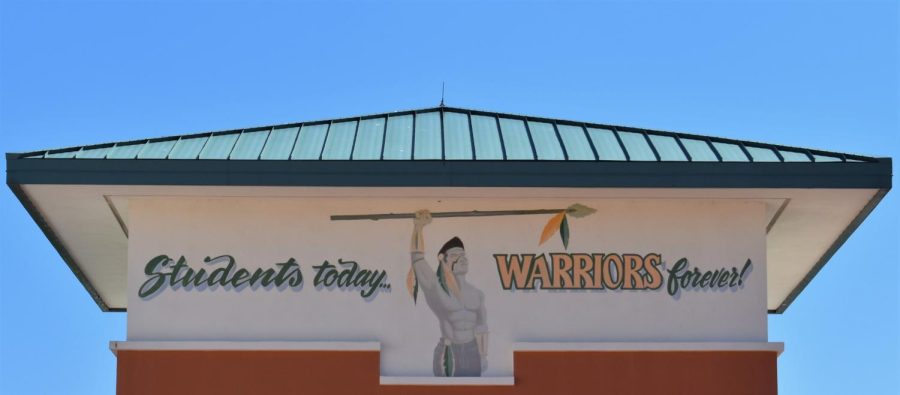
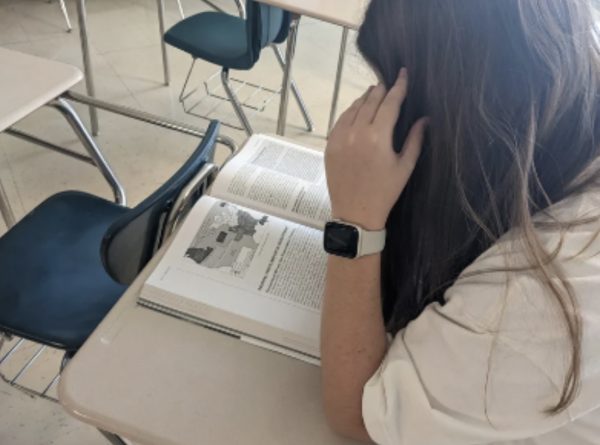
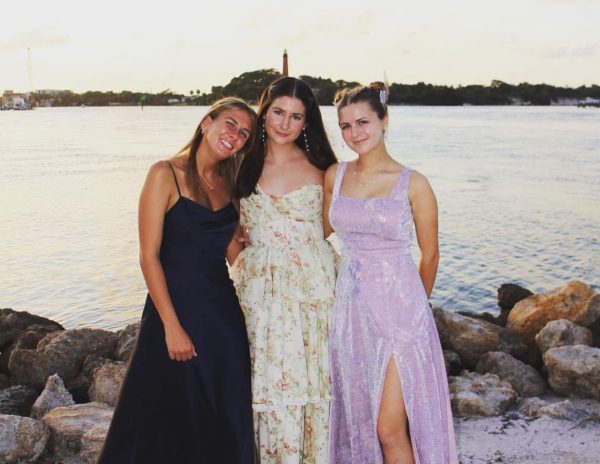
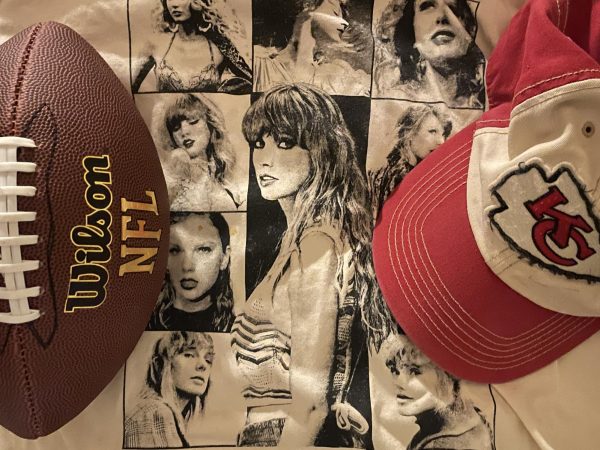
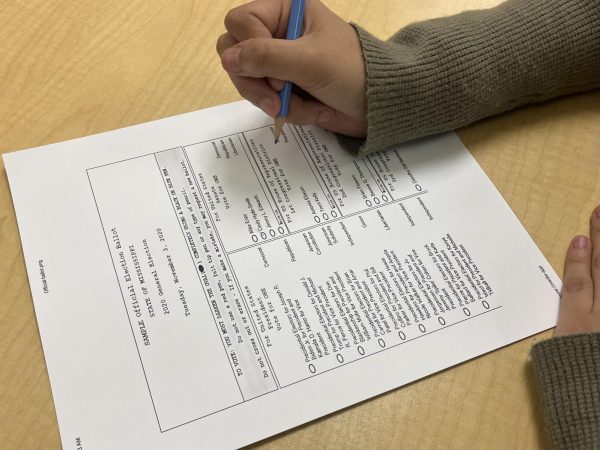

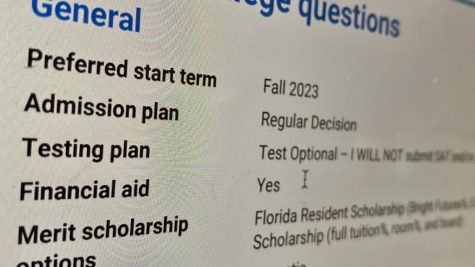
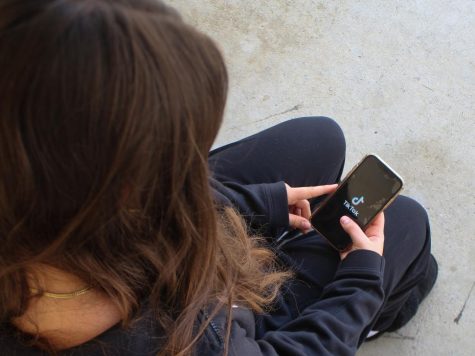
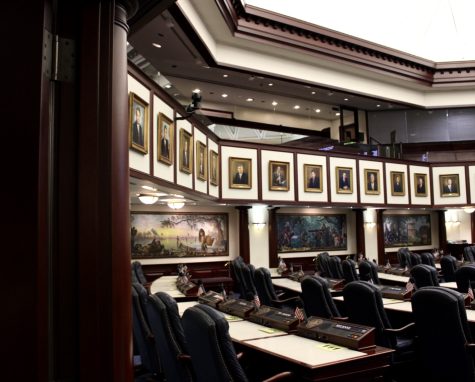


Alulkoy805 • Aug 30, 2022 at 2:47 pm
It proves the point of the ignorance and offensiveness of the Warrior mascot. How are you remembering and honoring ancient Native Americans of thousands of years ago, but there are modern day Native Americans in the here and now who object to mascotry!? The descendants said over and over its offensive. The Jeaga tribe was wiped out by the very ancestors of the present day white colonizer population that now culturally appropriates their likeness today. The descendants of that tribe who survived were taken in by other tribes in the area. The thing is white people lie because they have never respected Native Americans in the past or present. They want ownership over anything Native American and it has nothing to do with respect, but a continuing form of settler Colonialism . Because in the colonizers eyes anything that ever belonged to the Indigenous people of the Americas de facto belongs to all colonizers from the very beginning of the invasion, down to today and in the future. That is not respect!!
Robin • Aug 17, 2022 at 7:21 pm
If you’re going to keep it. then represent it respectively. Is the Jeaga Tribe taught within the Jupiter High School curriculum? Have students been taught of ceremony and respect of cultural beliefs?
Anonymous • Mar 2, 2022 at 10:37 am
I believe that keeping the Warrior as our mascot is actually nice not discriminating. I feel since we are keeping their spirit alive and their presence as well. If they weren’t our mascot then many people wouldn’t know about them. I respect the Native Americans and the Warriors.
LV • Mar 1, 2022 at 9:54 am
It’s The Jupiter Warriors. People these days call themselves Justice Warriors, that is offensive, as they have no idea what a Warrior is.
AJ • Jul 22, 2022 at 5:55 pm
You missed the point.